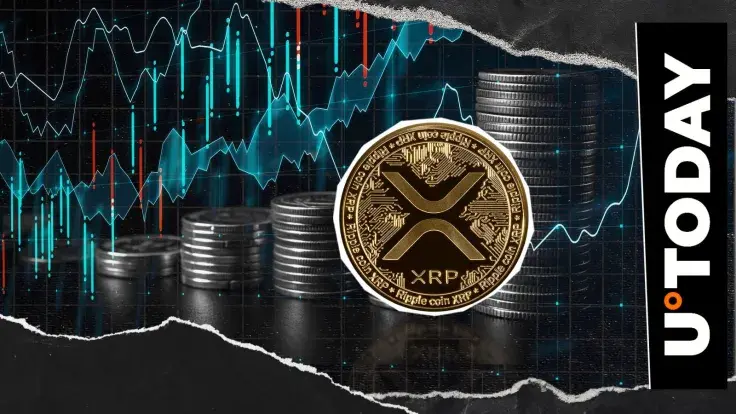The EUR/USD pair gains traction to around 1.1505 during the Asian trading hours on Thursday. Improved risk sentiment provides some support to the riskier assets such as the Euro (EUR). Traders brace for German Industrial Production and Eurozone Retail Sales later on Thursday.
The shared currency edged higher against the US Dollar (USD), tracking a rebound in the stock market as a sharp sell-off in technology shares abated. Additionally, traders expect the European Central Bank (ECB) to adopt a cautious stance in its upcoming policy meeting.
The ECB left its deposit rate unchanged at 2.0% for a third meeting last week. The central bank noted that the inflation outlook remains broadly stable, the economy continues to grow, and uncertainty persists. ECB President Christine Lagarde highlighted that the central bank is “in a good place” and further stated it will do whatever is needed to stay in such a favorable position.
Across the pond, the Institute for Supply Management (ISM) reported that US services sector activity accelerated in October, with the Services PMI rising to 52.4 from 50 in September, stronger than the expectations.
Private sector employment in the US climbed by 42K in October, compared to the 29K decrease (revised from -32K) recorded in the previous month, the Automatic Data Processing (ADP) revealed on Wednesday. The upbeat US economic data could lift the Greenback and create a headwind for the major pair in the near term.
Euro FAQs
The Euro is the currency for the 20 European Union countries that belong to the Eurozone. It is the second most heavily traded currency in the world behind the US Dollar. In 2022, it accounted for 31% of all foreign exchange transactions, with an average daily turnover of over $2.2 trillion a day.
EUR/USD is the most heavily traded currency pair in the world, accounting for an estimated 30% off all transactions, followed by EUR/JPY (4%), EUR/GBP (3%) and EUR/AUD (2%).
The European Central Bank (ECB) in Frankfurt, Germany, is the reserve bank for the Eurozone. The ECB sets interest rates and manages monetary policy.
The ECB’s primary mandate is to maintain price stability, which means either controlling inflation or stimulating growth. Its primary tool is the raising or lowering of interest rates. Relatively high interest rates – or the expectation of higher rates – will usually benefit the Euro and vice versa.
The ECB Governing Council makes monetary policy decisions at meetings held eight times a year. Decisions are made by heads of the Eurozone national banks and six permanent members, including the President of the ECB, Christine Lagarde.
Eurozone inflation data, measured by the Harmonized Index of Consumer Prices (HICP), is an important econometric for the Euro. If inflation rises more than expected, especially if above the ECB’s 2% target, it obliges the ECB to raise interest rates to bring it back under control.
Relatively high interest rates compared to its counterparts will usually benefit the Euro, as it makes the region more attractive as a place for global investors to park their money.
Data releases gauge the health of the economy and can impact on the Euro. Indicators such as GDP, Manufacturing and Services PMIs, employment, and consumer sentiment surveys can all influence the direction of the single currency.
A strong economy is good for the Euro. Not only does it attract more foreign investment but it may encourage the ECB to put up interest rates, which will directly strengthen the Euro. Otherwise, if economic data is weak, the Euro is likely to fall.
Economic data for the four largest economies in the euro area (Germany, France, Italy and Spain) are especially significant, as they account for 75% of the Eurozone’s economy.
Another significant data release for the Euro is the Trade Balance. This indicator measures the difference between what a country earns from its exports and what it spends on imports over a given period.
If a country produces highly sought after exports then its currency will gain in value purely from the extra demand created from foreign buyers seeking to purchase these goods. Therefore, a positive net Trade Balance strengthens a currency and vice versa for a negative balance.
Source: https://www.fxstreet.com/news/eur-usd-strengthens-above-11500-ahead-of-german-industrial-production-eurozone-retail-sales-data-202511060403


